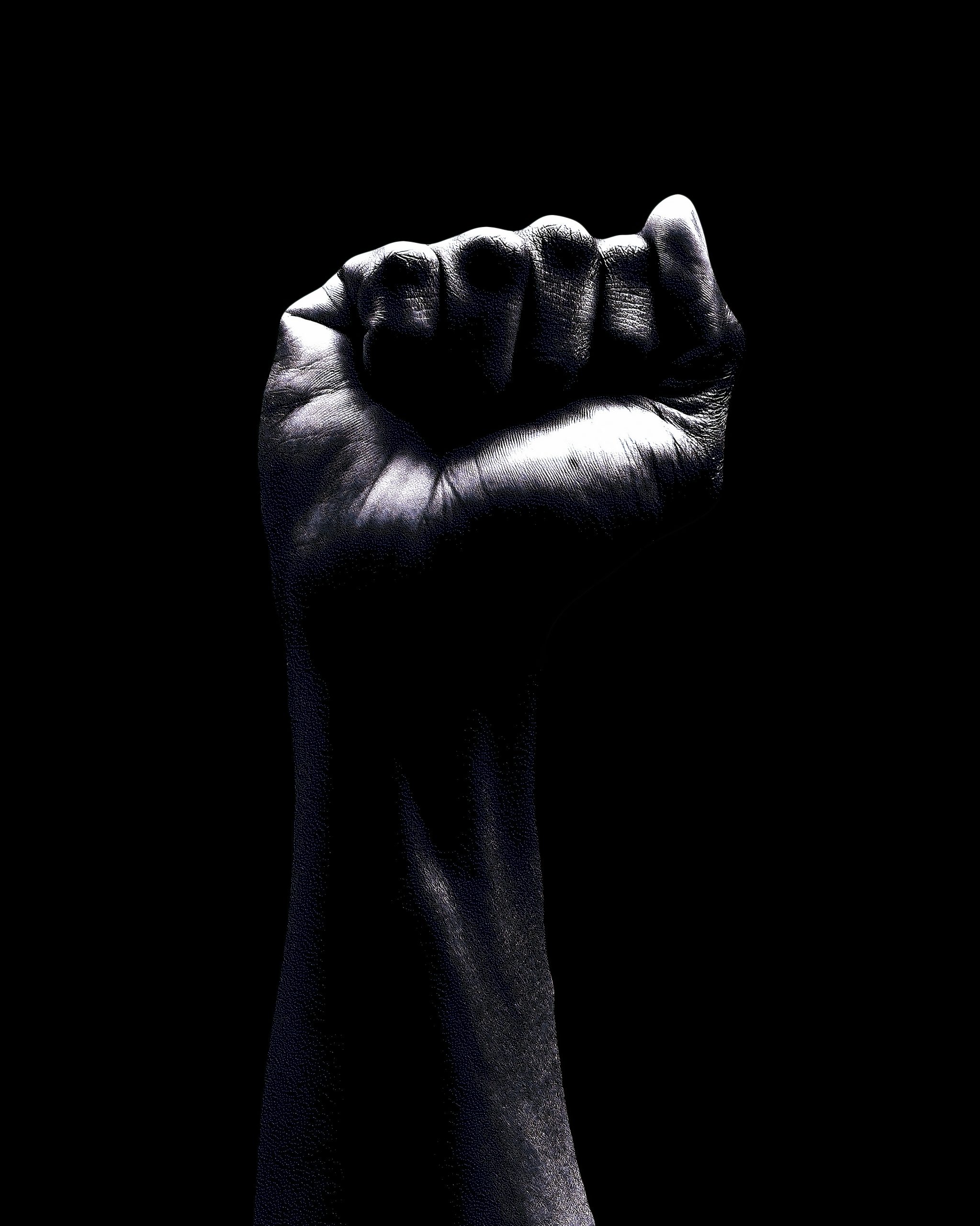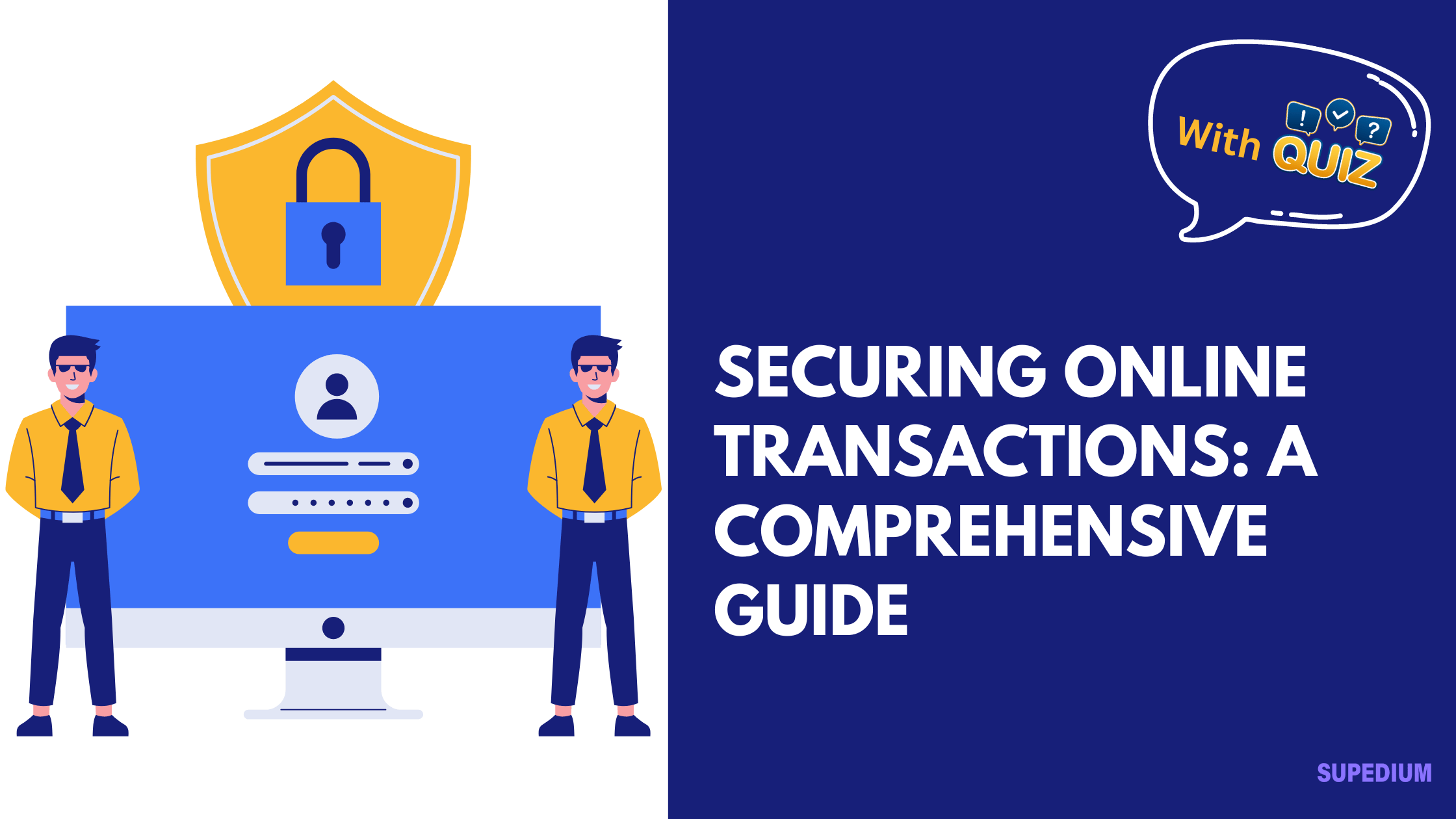Table of Contents
![]()
Introduction
The evolution of the internet has been marked by significant transformations, culminating in the emergence of Web3. This new paradigm is characterized by decentralization, user empowerment, and the utilization of blockchain technology. A critical aspect of Web3 is its inherent potential for censorship resistance, which holds profound implications for free speech, access to information, and digital rights in an increasingly controlled digital landscape.
Understanding Censorship in Digital Contexts
Types of Censorship
Censorship can manifest in various forms, each with its own implications for freedom of expression:
- Governmental Censorship: This type involves laws and regulations that restrict access to certain information or platforms. For example, authoritarian regimes may employ internet filtering to suppress dissent.
- Corporate Censorship: Major tech companies often implement content moderation policies that can inadvertently stifle free speech. High-profile cases of account bans and content removals have sparked debates over the power these platforms wield.
- Social Censorship: Public opinion and societal pressures can also lead to self-censorship among individuals, deterring them from expressing unpopular or controversial views.
Case Studies
Several notable instances of censorship highlight the pressing need for alternatives:
- China’s Great Firewall: This extensive system blocks access to foreign websites and monitors online activity, illustrating the lengths to which a government can go to control information.
- Social Media Bans: High-profile bans of political figures and activists from platforms like Twitter and Facebook have raised concerns about the concentration of power in corporate hands and the implications for public discourse.
Web3 Fundamentals
Key Technologies
Web3 is built on a foundation of several key technologies that promote decentralization and user autonomy:
- Blockchain: At its core, blockchain is a distributed ledger technology that records transactions in a secure and immutable way. Each participant in the network can verify data, eliminating the need for a central authority.
- Decentralized Applications (dApps): These applications operate on a peer-to-peer network rather than relying on a central server, ensuring that no single entity has control over the data or functionality.
- Smart Contracts: These self-executing contracts automate transactions and agreements based on predetermined conditions, enhancing transparency and reducing reliance on intermediaries.
User Empowerment
Web3 empowers users in several significant ways:
- Ownership of Data and Assets: Users can retain ownership of their personal data and digital assets, mitigating the risk of exploitation by centralized entities.
- Decentralized Identity: Users can establish and manage their identities without the need for traditional verification processes, enhancing privacy and security.
- Governance through DAOs: Decentralized Autonomous Organizations allow users to participate in decision-making processes, promoting a democratic approach to governance.
Mechanisms of Censorship Resistance in Web3
Decentralization
Decentralization is a fundamental principle of Web3. By distributing data across numerous nodes, the risk of a single point of failure is significantly reduced. This makes it difficult for any one entity—be it a government or corporation—to exert control over the entire network.
Immutability
One of the defining features of blockchain technology is immutability. Once data is recorded on the blockchain, it cannot be altered or deleted. This permanence serves as a powerful deterrent against censorship, as users can maintain a historical record of information regardless of external pressures.
Distributed Consensus
Web3 utilizes a distributed consensus mechanism, where multiple nodes must verify and agree on transactions before they are added to the blockchain. This collective verification process makes unilateral changes nearly impossible, reinforcing the system’s resistance to censorship.
Permissionless Systems
Web3 enables permissionless access to platforms and applications. Users and developers can join and create networks without gatekeeping, fostering an inclusive environment where diverse voices can be heard.
Real-World Applications of Censorship-Resistant Technologies
Content Platforms
Several decentralized platforms are emerging as alternatives to traditional social media:
- Decentralized Social Media: Platforms like Mastodon and Diaspora enable users to create and share content without the risk of arbitrary censorship from centralized authorities.
- File Storage Solutions: Technologies like IPFS (InterPlanetary File System) and Filecoin allow users to store and share files in a decentralized manner, ensuring that content remains accessible even if some nodes go offline.
Financial Systems
Cryptocurrencies have emerged as powerful tools for promoting financial freedom. By providing alternatives to traditional banking systems, they allow individuals to transact without fear of government oversight or corporate control. Decentralized finance (DeFi) platforms further enhance this freedom by enabling users to engage in financial activities without intermediaries.
Communication Tools
Secure messaging platforms like Signal and decentralized communication networks like Matrix offer users privacy and protection from censorship. These tools facilitate communication in regions where traditional channels are monitored or restricted.
Challenges and Limitations
Scalability Issues
While Web3 presents significant opportunities, scalability remains a challenge. Many blockchain networks face issues with congestion and transaction speeds, which can hinder user experience.
Regulatory Pressures
As Web3 technologies gain traction, governments worldwide are beginning to respond with regulatory measures. These regulations may inadvertently create new forms of censorship, as authorities seek to control decentralized platforms.
User Adoption Barriers
Despite the potential benefits, widespread adoption of Web3 technologies is impeded by technical complexity and security concerns. Users may be hesitant to engage with unfamiliar systems, limiting their effectiveness as tools for censorship resistance.
Future Prospects of Web3 and Censorship Resistance
Innovations on the Horizon
Emerging technologies, such as zero-knowledge proofs (zk-SNARKs) and layer 2 solutions, promise to address some of the current limitations of blockchain. These innovations could enhance privacy, improve scalability, and broaden the scope of Web3 applications.
Role in Global Free Speech Movements
Web3 holds the potential to empower grassroots movements advocating for free speech and human rights. By providing decentralized tools, activists can organize and communicate without fear of censorship or reprisal.
Ethical Considerations
As Web3 develops, it will be crucial to strike a balance between free speech and the potential for harmful content. Establishing frameworks for responsible use will be essential to ensure that the benefits of censorship resistance do not come at the cost of societal harm.
Conclusion
Web3 represents a transformative shift in how we interact with the internet, offering a framework for censorship resistance that is both powerful and necessary. As we navigate an increasingly complex digital landscape, the importance of promoting and developing these technologies cannot be overstated. Engaging in discussions about Web3’s implications for freedom of expression and digital rights is vital for fostering a more inclusive and resilient internet.
Share This





Be the first to comment